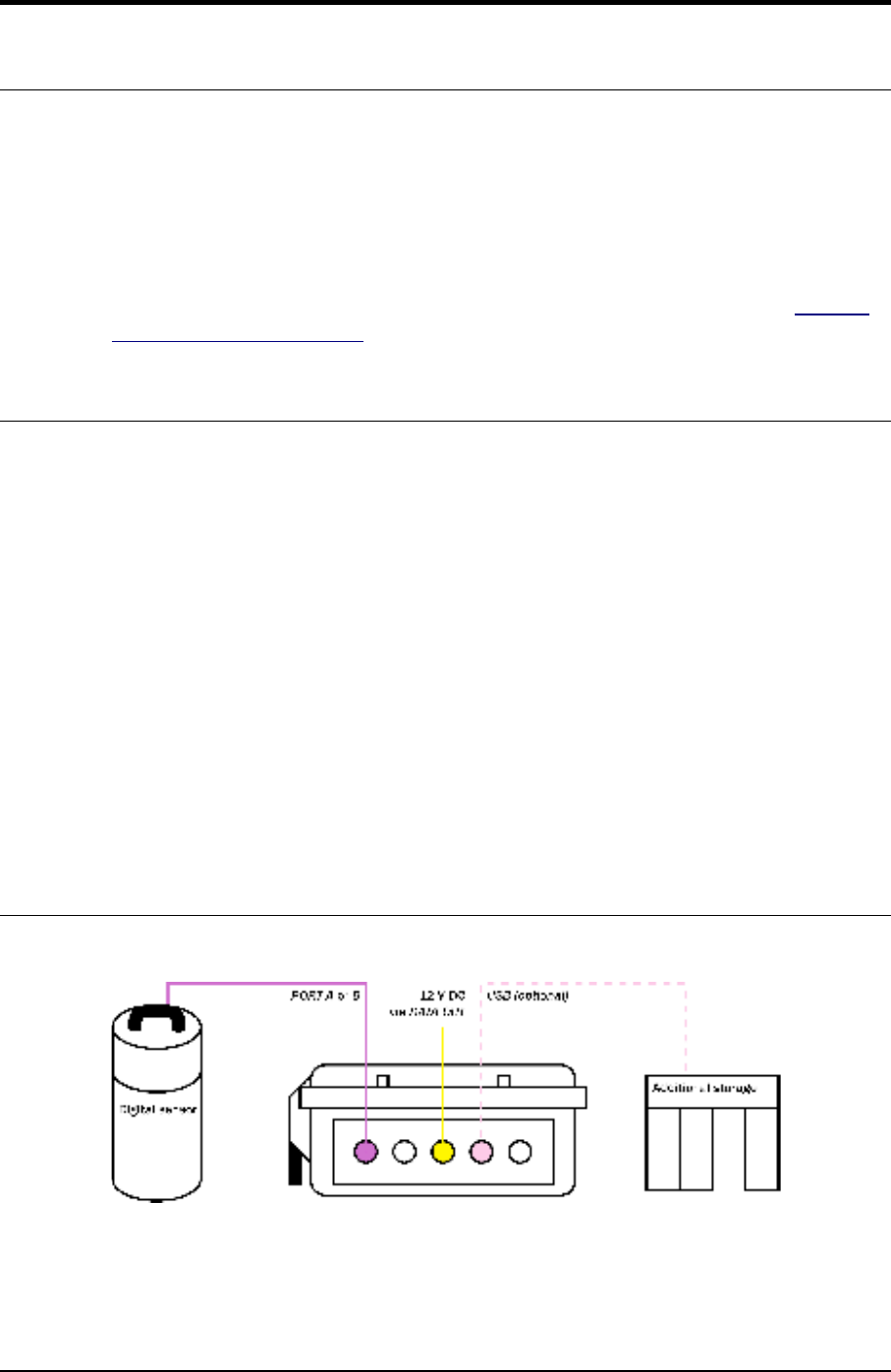
Operator's guide
3 Usage
The DCM can be integrated with any system where seismic data needs to be
collected, collated, or converted from one form into another. It is designed to
operate as transparently as possible, and once connected and configured for a
particular role in a system it should not require further maintenance.
The rest of this chapter gives detailed installation and usage notes for several
common DCM installations. Between them, they highlight many important
features of the DCM. For full configuration information, please refer to Chapter
4, “Configuration options”.
3.1 General notes
Stand-alone DCM modules can be supplied with a touch-screen and
minibrowser as an option. This allows you to perform configuration tasks on-
site. However, the touch-screen imposes some environmental restrictions on the
unit.
For all other DCM units, you will need console or network access to the DCM
to configure it for your installation. This is especially important if the DCM is
not to be part of a TCP/IP network whilst in use. As supplied, the DATA OUT
port runs the getty service, which you can use to access the console of the DCM
over a serial link. Alternatively, you can temporarily connect a computer to the
NETWORK port. It is recommended that you keep a connection to the DCM
available for maintenance and troubleshooting, even if the link is too slow for
transferring data.
3.2 The DCM as a data store
The simplest way to use a DCM is as a storage medium for digital data.
1. Connect the DCM to a digitizer or digital sensor.
2. Connect the DATA OUT port to a source of 12 V DC power.
December 2005 21


















